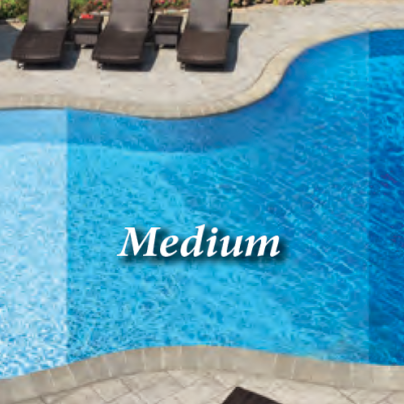A well cared-for pool liner will give you 8 to 15 years of summertime fun before it needs to be replaced. The life of your pool liner will be shortened if you don’t keep your pool’s chemistry balanced, aren’t careful to keep liner-piercing debris out of the pool, let your dog scratch the liner, don’t close your pool carefully at the end of the season, or have a lower-quality or poorly installed liner.
Signs you need to replace your pool liner include fading above the water line, wrinkles, looseness, cracks and tears. If your liner slips out of its track, that’s a sign it’s stretched and will need to be replaced. If your water level drops faster than normal, you probably have a leak. Patch it immediately and get ready to buy a new liner. Learn how to do three simple leak detection tests.
If you’re noticing wrinkles in your vinyl pool liner, they could be caused by excessive chlorine levels or consistently low pH water. Groundwater that seeps under the liner will cause it to stretch and wrinkles may be left once the water recedes. If your liner was improperly sized or installed, you can get wrinkles. If you completely drain a pool with an aging liner, no matter how carefully you refill it, you’ll likely end up with wrinkles (or worse—it’ll shrink and crack and need to be replaced right away). Wrinkles can also be caused by heat build-up, which stretches the liner and leaves wrinkles behind when the water cools.
Blue is the most popular colour. Dark blue liners make the pool look deeper and will hide stains and imperfections more effectively than a lighter coloured liner, although dark blue is more susceptible to fading. Mid-blue liners give the water that traditional backyard pool look—bright and eye-catching. Light-blue liners make the pool water sparkle and will allow you to see the pool floor (keep the vacuum and scrub brush handy). A sandstone-coloured liner gives a tropical aqua colour—a look that is becoming more popular and is beautiful when paired with grey or terracotta-coloured coping and decking.
Water can end up behind your pool liner in one of two ways: either it has leaked out of your pool through a rip or hole in your liner or infiltrated your pool from the surrounding ground. Water behind the liner is often called a “floating liner” and it can cause the vinyl to stretch and lead to wrinkles. The wrinkles aren’t themselves much of a concern beyond looks, but it’s a good idea to identify the cause of the wrinkles (see question 3). If the cause is excessive groundwater, the concrete deck around your pool could sink or crack. If the cause is a pool leak, your water bill will go up and the chlorinated water that has leaked behind the liner could cause the steel structure of the pool to corrode over time.
Excess chlorine can cause your pool liner to absorb water and wrinkle— we’ve seen liners wrinkle in less than a year because the pool was highly acidic. Too much chlorine can also fade and weaken the liner. We recommend keeping a pool’s pH from 7.4 to 7.8 and checking water chemistry often—even twice a day during periods of heavy use. Here are some other tips to prevent liner damage from chlorine. Be careful not to shock your pool too often. Leave your pool uncovered for 24 hours after adding chemicals. Make sure your pool’s circulation system is working properly so you don’t end up with areas of concentrated chemicals. Don’t use a floating chlorinator. And keep your saltwater system below 3 ppm free chlorine.
Use a soft cloth and pool water to clean your vinyl pool liner once a week. To remove more stubborn dirt, algae and stains, use a brush to gently scrub the liner above and below the waterline. Don’t use harsh, acidic chemicals or abrasive materials such as steel wool. You can also add a vinyl liner cleaning solution to the pool water to prevent staining from sunscreen, body oils and other contaminants that collect at the waterline.
The right thickness of pool liner is a balance of strength and flexibility. If your liner is too thin it won’t stand up to regular wear and tear and if it’s too thick it won’t fit properly in tight corners or over complex shapes. A thick liner is also darn heavy, making it more difficult to install. Pool liner thickness is measured in “gauge” or “mil,” and they aren’t equivalent. A 30-mil vinyl liner is thicker than a 30-gauge liner so make sure you’re comparing apples to apples (or mil to mil!). We recommend a 27-mil (often referred to as a 30-gauge) liner for most applications.
The price of a new pool liner depends on the quality of the liner, the type of print and the quality of the installation. A high-quality, professionally installed, full-print replacement pool liner in Ontario in 2021 costs about $600 for a small pool and upwards of $6,000 for a large pool (let’s say 24’ x 48’). Try our pool liner cost estimator to ballpark the cost of a new liner for your pool.
If you suspect your pool liner is leaking and the location of the leak isn’t obvious, use your hands or feet to explore your liner for soft or squishy spots that could indicate water is beneath the liner. You can also keep your eye out for faded or wrinkled areas, which can have small rips or tears. Add a few drops of non-toxic food colouring near any suspicious spots as well as around vulnerable locations like lights, returns, skimmers and steps. The food colouring will form telltale currents or ripples in areas where water is escaping. But not every leak is from a liner. There are three simple pool leak tests you can perform yourself to identify the source of your leak. You can also use our quick online leak assessment tool to find out whether it’s your liner or something else.
If you have a pool liner leak you have two choices: repair or replace. If you don’t do one or the other, you’ll have a hefty water bill in the short term and over the long term you can damage your pool’s structure and the surrounding landscape.
A small rip or hole in an otherwise healthy liner can often be patched successfully, particularly if the rip is in the pool wall and not in a corner or somewhere the liner has been cut, such as stairs or returns. Larger tears are harder to repair and the patch is not likely to hold. If your liner is in pretty poor shape overall, chances are you’ll spring another leak soon so it may not be worth the effort and expense to repair your pool liner.
First, identify the cause of the wrinkles so you can take preventive action. To remove the wrinkles, you may want to warm the pool water by a few degrees to make the wrinkles easier to manipulate. Then, if the wrinkles are on the pool floor, try smoothing them towards the edge of the pool with your feet while wearing soft-soled shoes. You can also carefully pull the wrinkles towards an edge using a plunger or a brush. Sometimes people will drain most or all of the water from their pool to smooth out the wrinkles, but we advise strongly against doing this. A liner can shrink if you lower the water below the halfway mark and an older liner is likely to rip or crack if you remove too much water.
Find out how Buds replaces a pool liner
RELATED ARTICLES

How To Protect Your Pool During Forest Fires
A morning soak in your hot tub is the best way to start your day. Experience the benefits of stress relief, relaxation, mental clarity and more!

Extend Your Pool’s Swimming Season
Swimming season doesn’t have to be so short! There are things you can do to extend the life of your pool and maximize the swimming season.
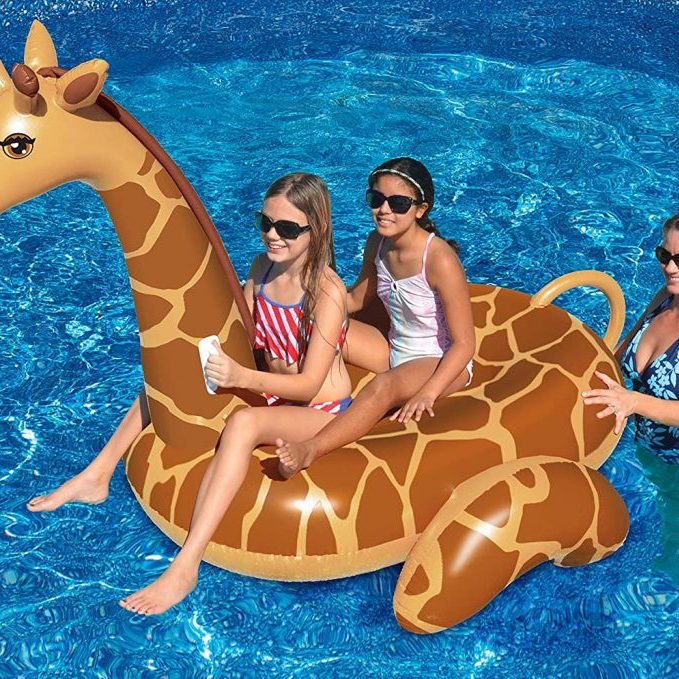
Top 10 Hottest Pool Toys & Accessories
Looking to make the most out of your pool this summer? We explore the hottest pool toys and accessories and they’re all affordable, durable, and safe!
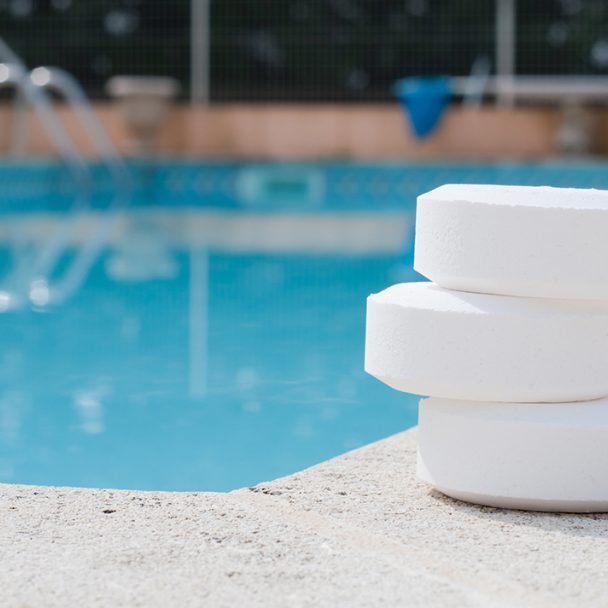
Salt Vs Chlorine: Which Is Better?
The two most popular cleaning systems for pools are salt water and chlorine. But which is better? We have a look at the pros and cons of each system.
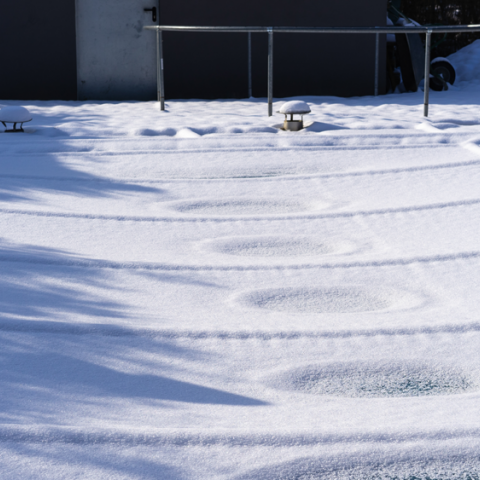
Pool Recovery After Harsh Winter Weather
Sudden drops in temperature, heavy snow, ice, and high winds can all contribute to pool damage.

How Covid-19 has impacted pool supplies
Getting your pool ready for the off-season every year can be a real pain. Let’s make it easy, while saving money. Here are all the amazing benefits of a safety cover.
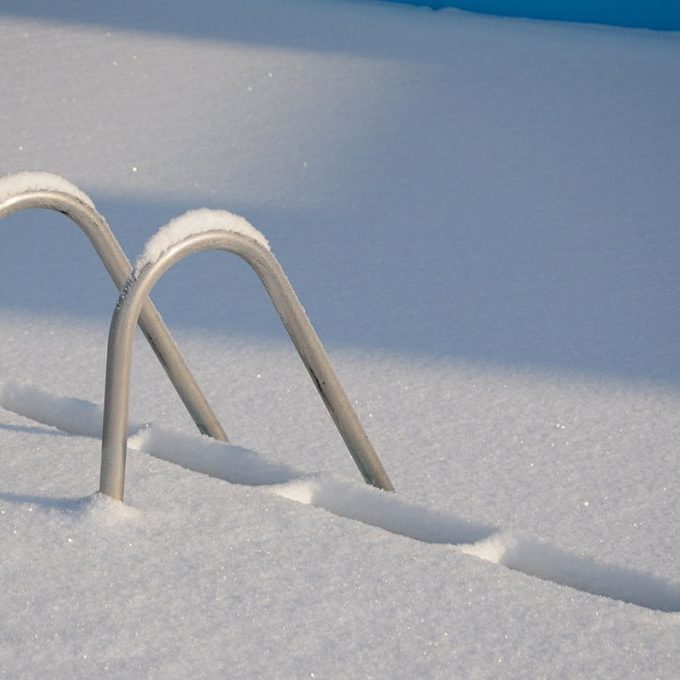
Pool closing guide: how to properly winterize your pool
Getting your pool ready for the off-season every year can be a real pain. Let’s make it easy, while saving money. Here are all the amazing benefits of a safety cover.

Is a safety cover worth it?
Getting your pool ready for the off-season every year can be a real pain. Let’s make it easy, while saving money. Here are all the amazing benefits of a safety cover.

What caused the chlorine shortage of 2021?
Here are some of the best ways to reduce your chlorine usage and get the most out of your supply.

How do I decorate around my pool?
Where do you get started with decorating around your pool? We’ve got some expert tips to make your entire backyard shimmer and shine this summer.
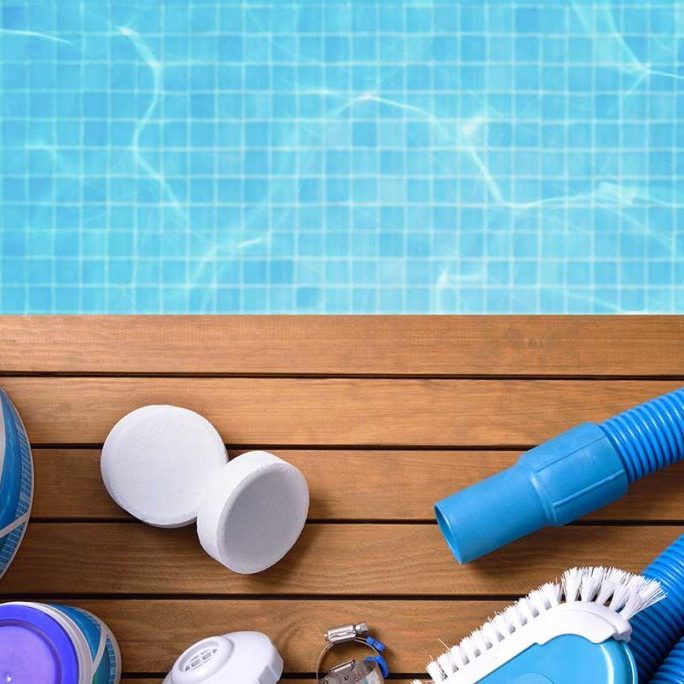
The best pool equipment products for 2023
Looking to upgrade you pump, filter, heater, chlorination system or pool cleaner? We’ve put together our list of the the best equipment in 2021.
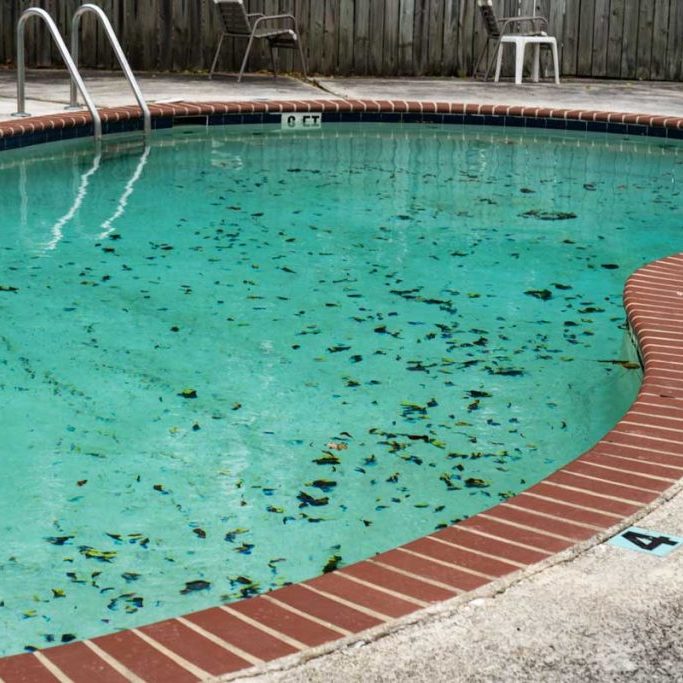
7 pool opening mistakes you can learn from
We’d rate pool opening as a moderately difficult DIY task. These pool opening mistakes are frustrating and can be costly. Read on to learn what not to do!
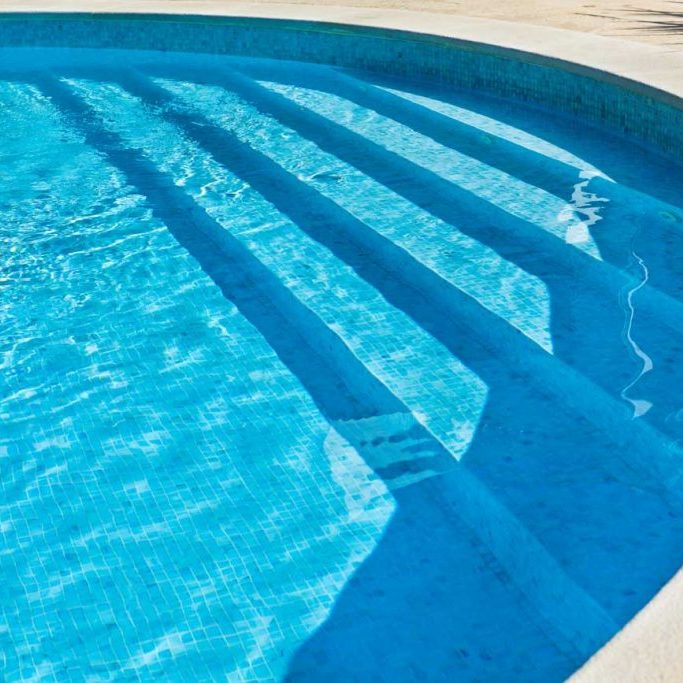
Yes, you can add steps to a pool. Here’s how.
We cover three of the most common inground pool stairs, from simple drop-in stairs to custom vinyl-over steel steps that completely transform your pool.
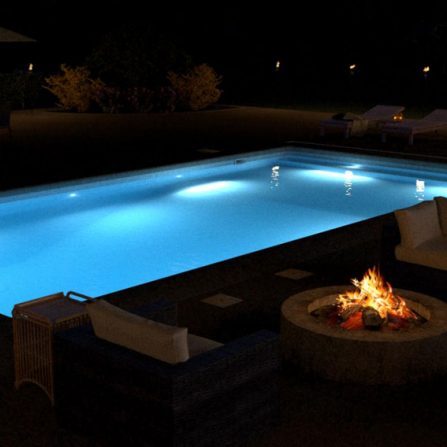
Compare pool liner colors in water
When you’re looking at a sample book or surfing the web it’s hard to compare pool liner colors in water—and it matters. This post gives a helping hand.
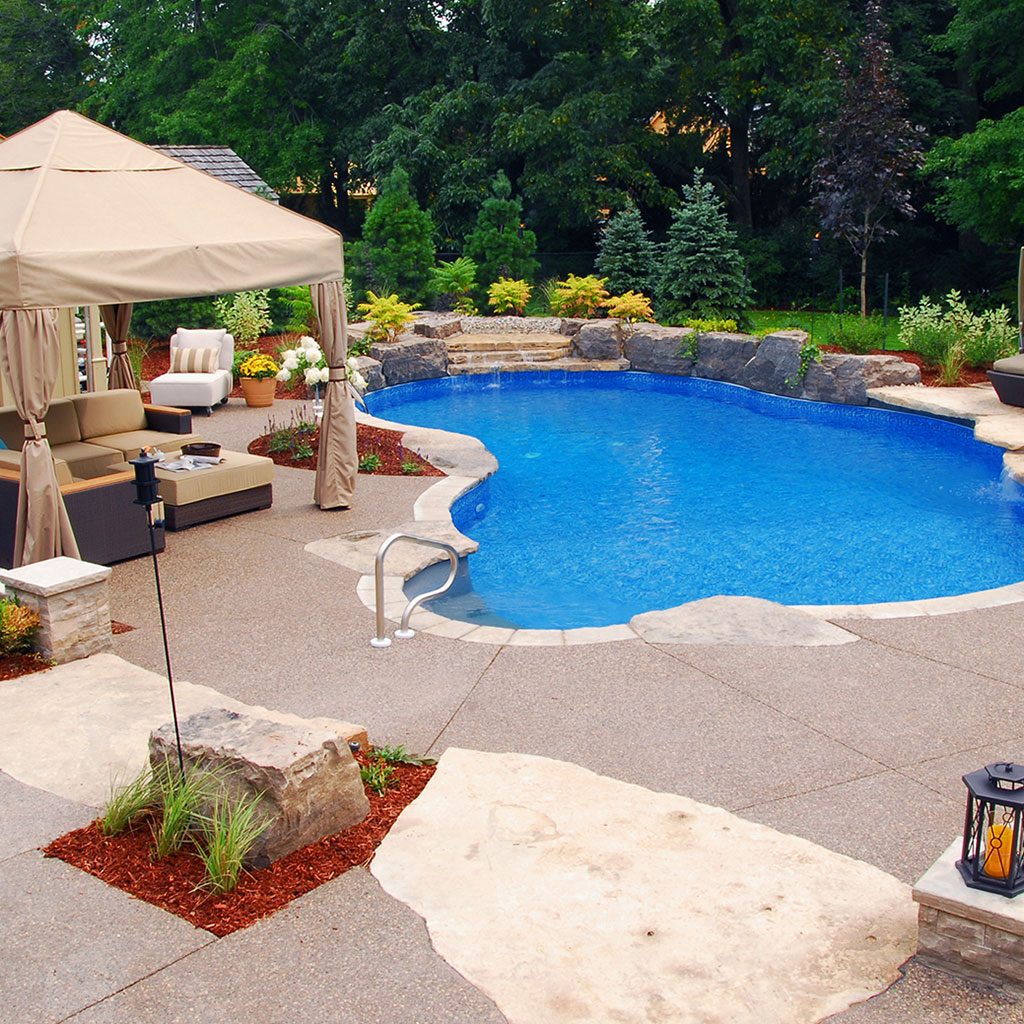
Pool makeover ideas
Bliss out at home this summer with these pool makeover ideas. The photos will spark your imagination and the write-ups will help you achieve the look.
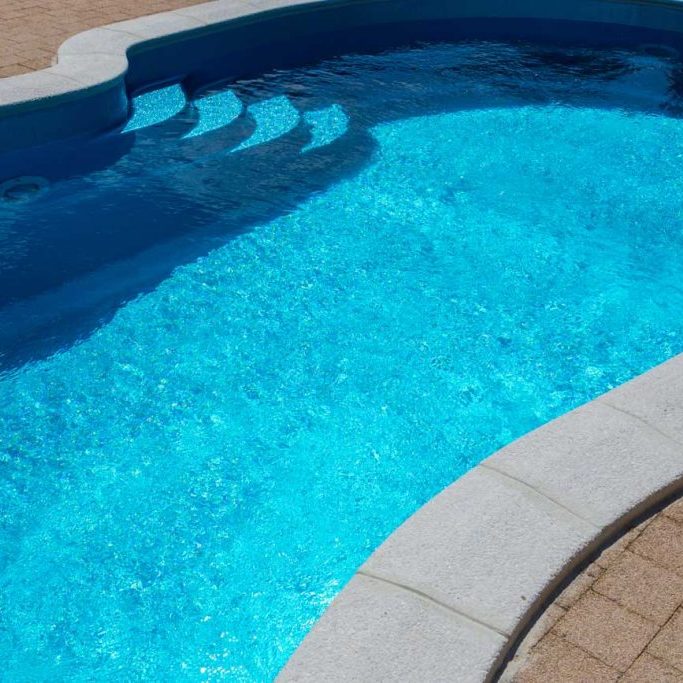
Vinyl pool liner FAQs
How much does a new pool liner cost? What causes pool liner wrinkles? What’s the most popular liner colour? Here are 13 pool liner FAQs and the answers!
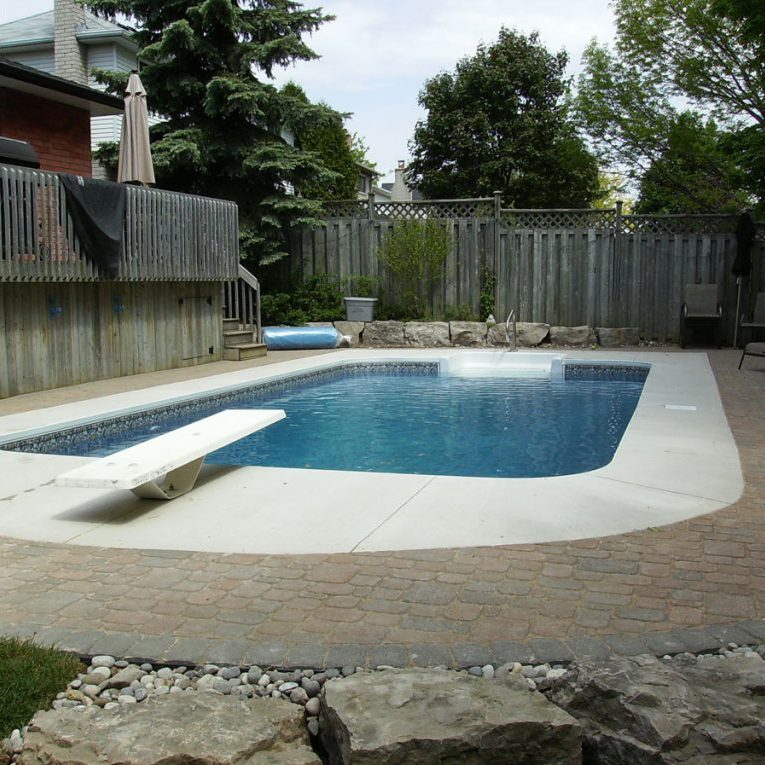
See a stunning pool renovation from start to finish
These pool renovation before and after pics show us taking an inground pool from sad to stunning with a new liner and in-wall stairs. See for yourself!
